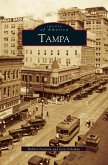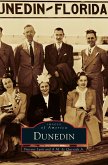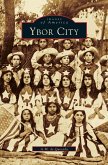The Ormond Beach area's earliest known inhabitants were the Timucua Indians, whose primitive, blunt-nosed canoes skimmed the waters of the Halifax and Tomoka Rivers in northeast Volusia County. Soon, hardy settlers also made their way to the area--brothers John Andrew and Charles Bostrom were attracted by the mighty oaks and sparkling spring water in 1868 and were soon followed by other rugged visionaries. As the town grew, entrepreneurs began their work, and one of the most famous area landmarks, the Hotel Ormond, was opened in 1888. At the turn of the century, the hard-packed white sands of the nearby beach became a natural proving ground for gas- and steam-driven horseless carriages--the original "birthplace of speed." The region was blessed with abundant resources, a mild and inviting climate, and natural beauty, all of which served to entice John D. Rockefeller, perhaps Ormond Beach's most famous resident, to spend his winters in the area. His three-story home now serves the community as a cultural center and museum.
Hinweis: Dieser Artikel kann nur an eine deutsche Lieferadresse ausgeliefert werden.
Hinweis: Dieser Artikel kann nur an eine deutsche Lieferadresse ausgeliefert werden.








